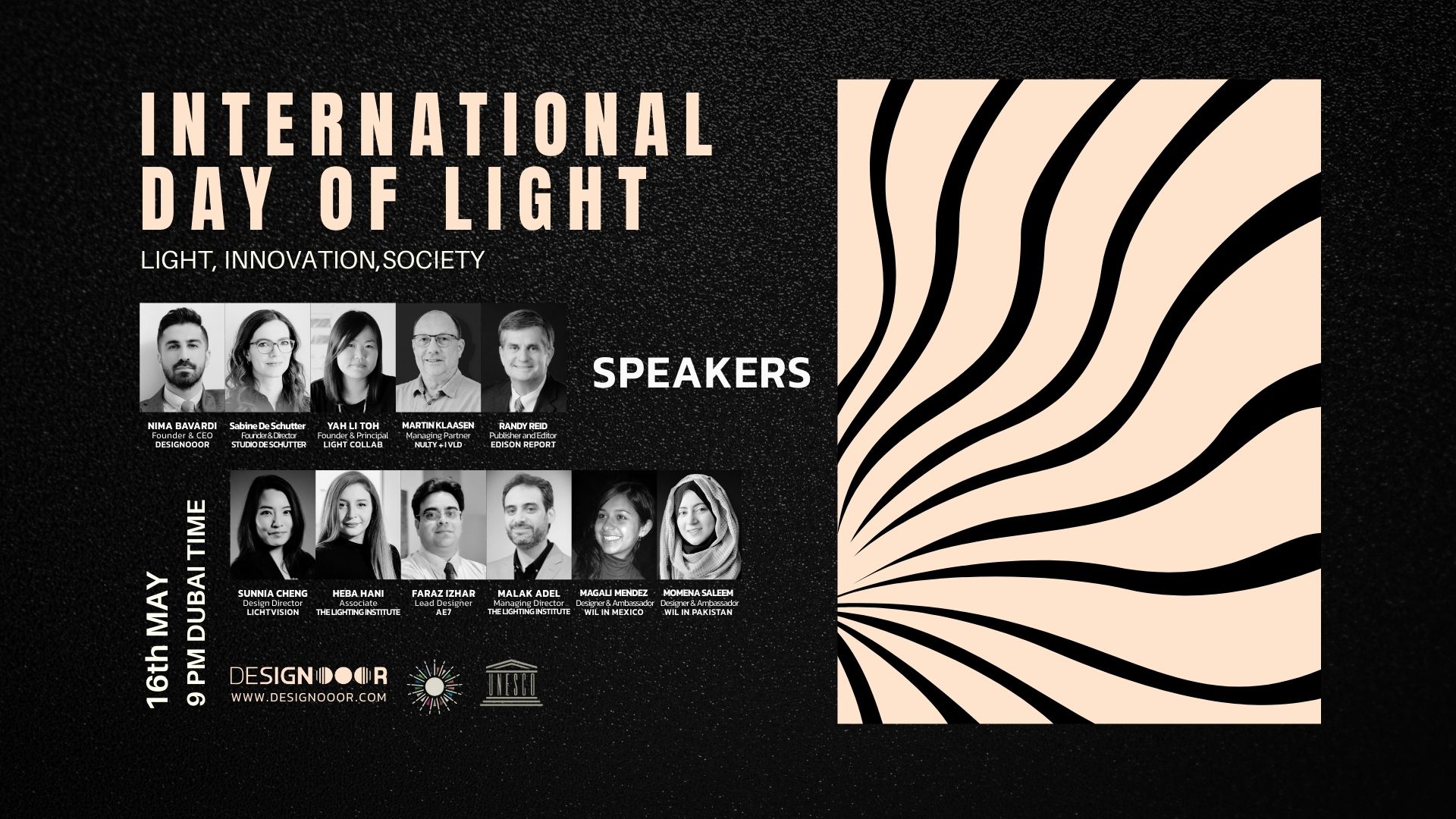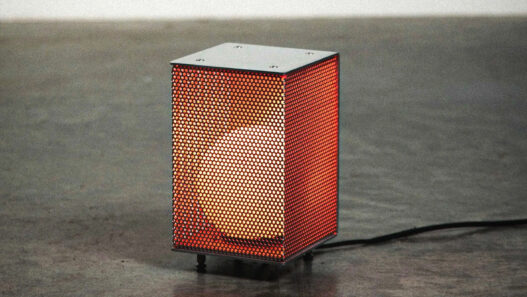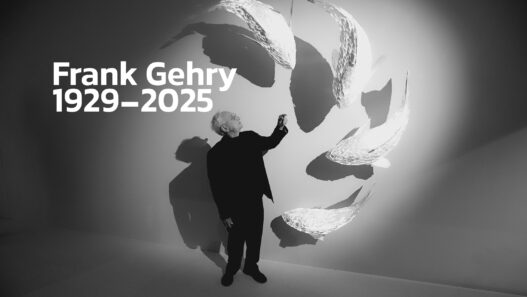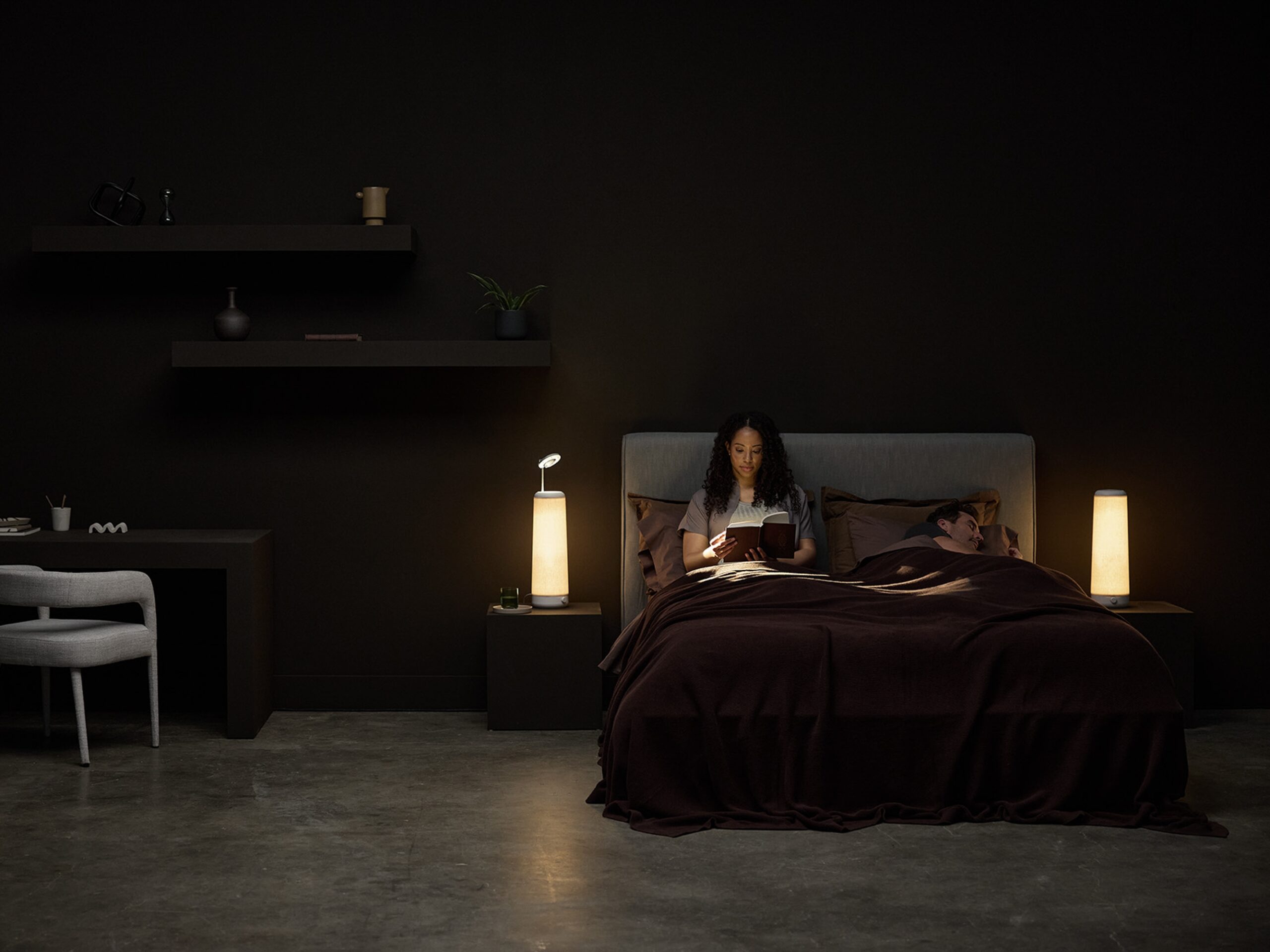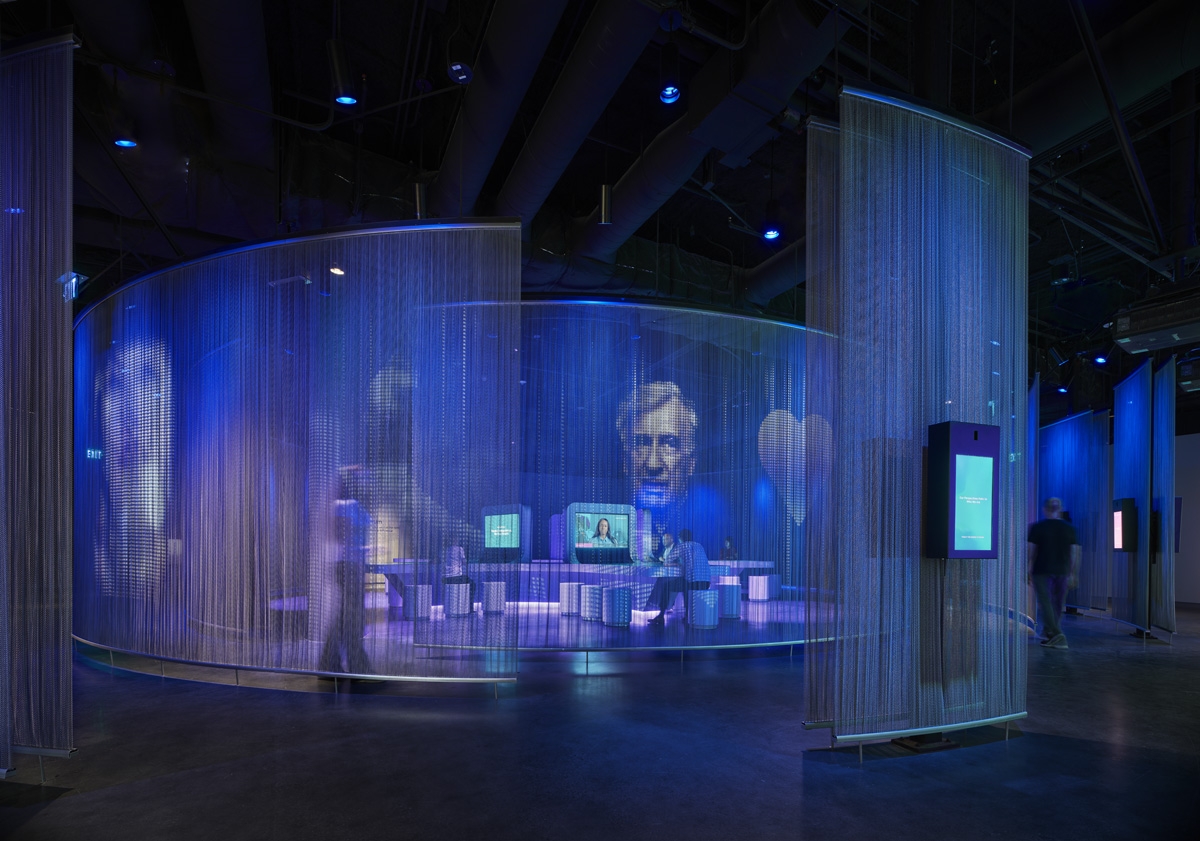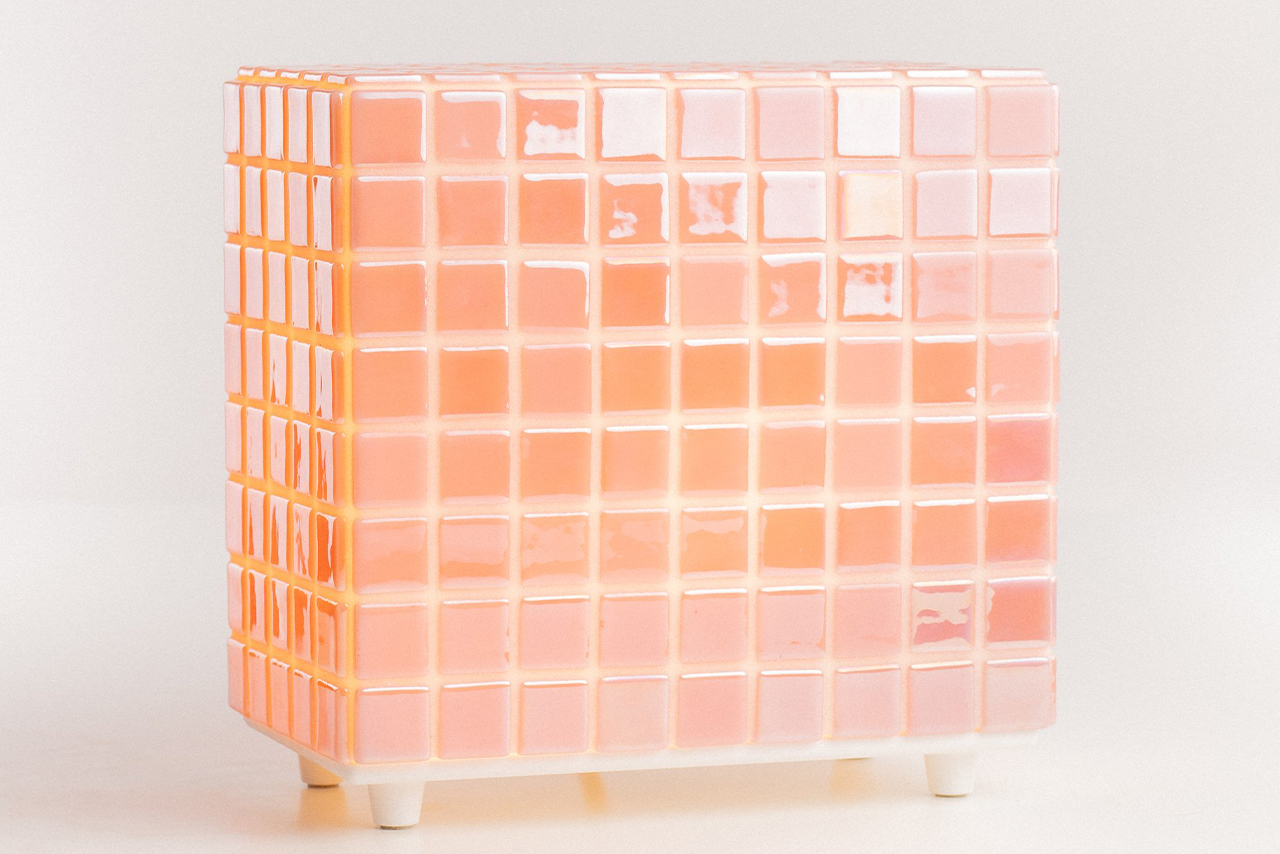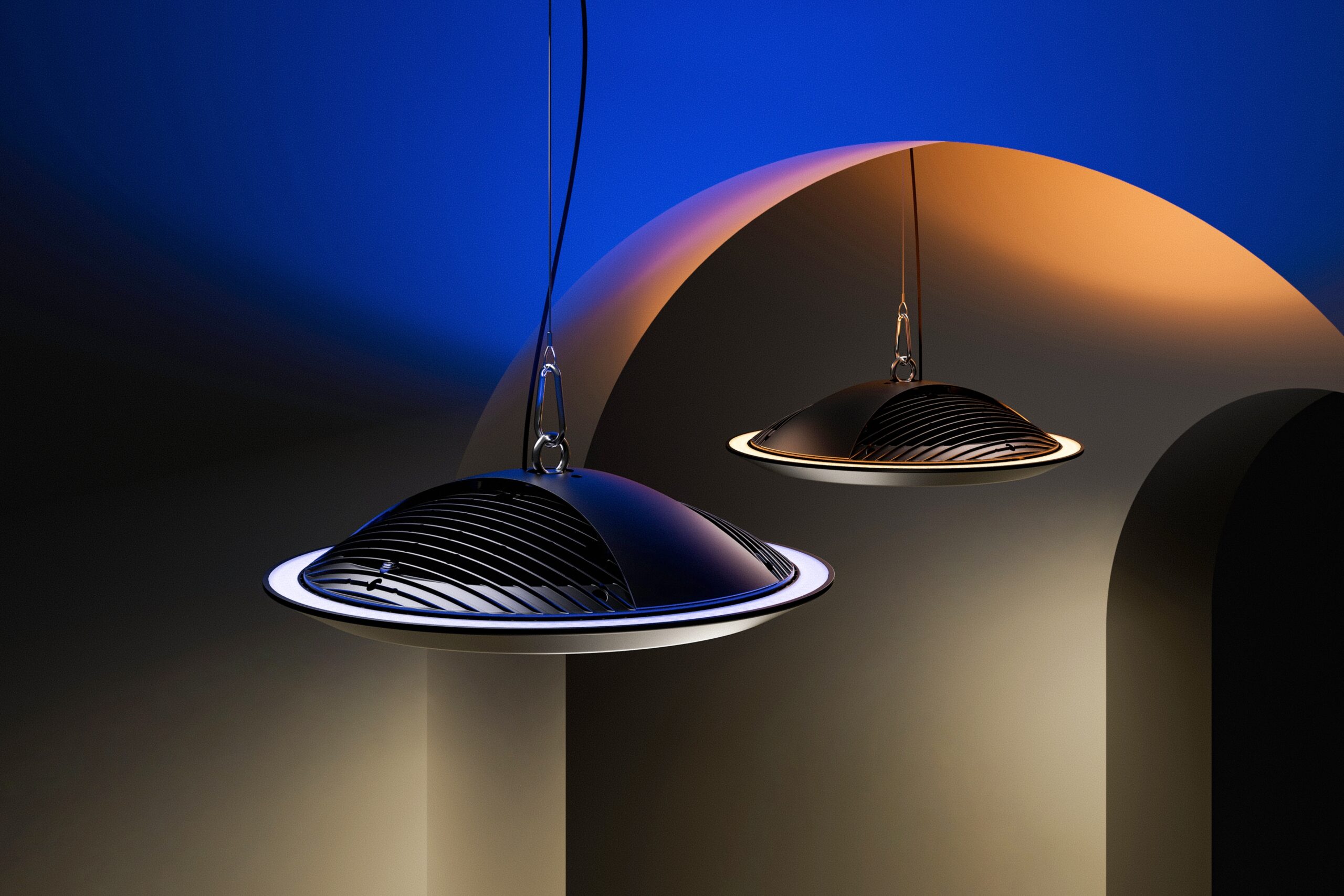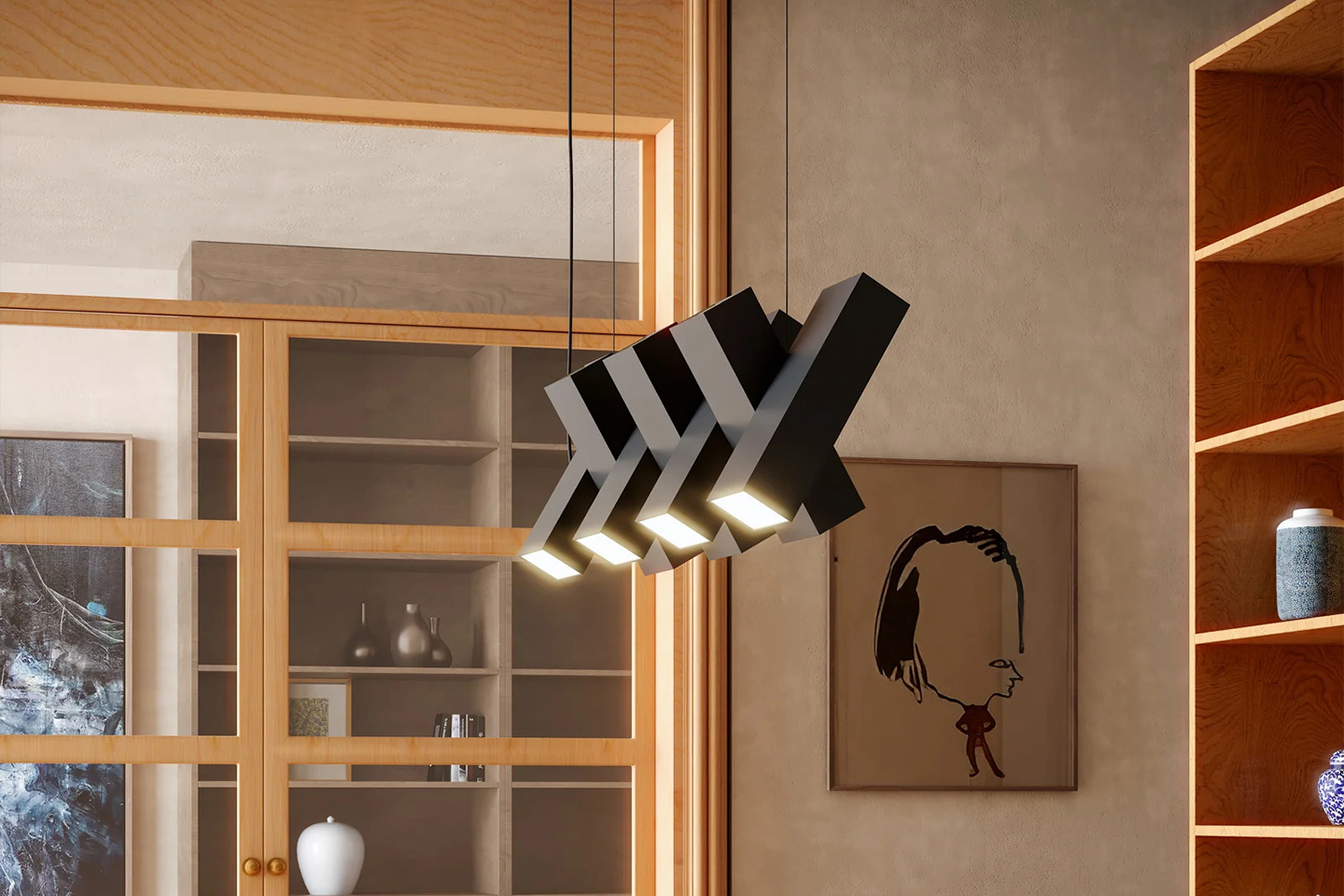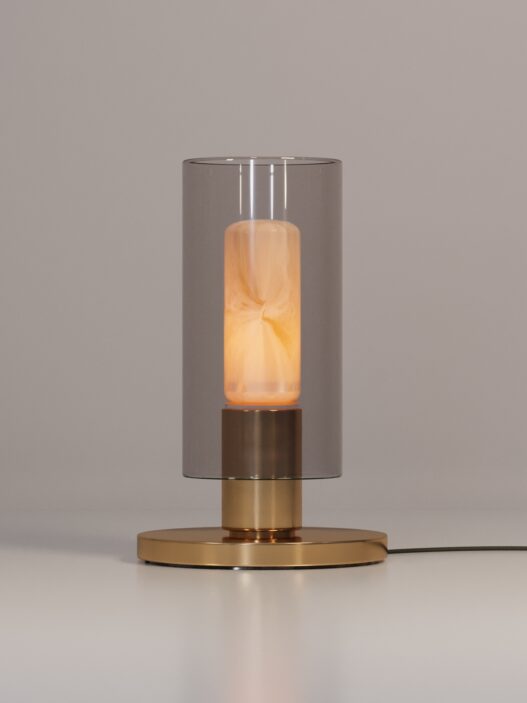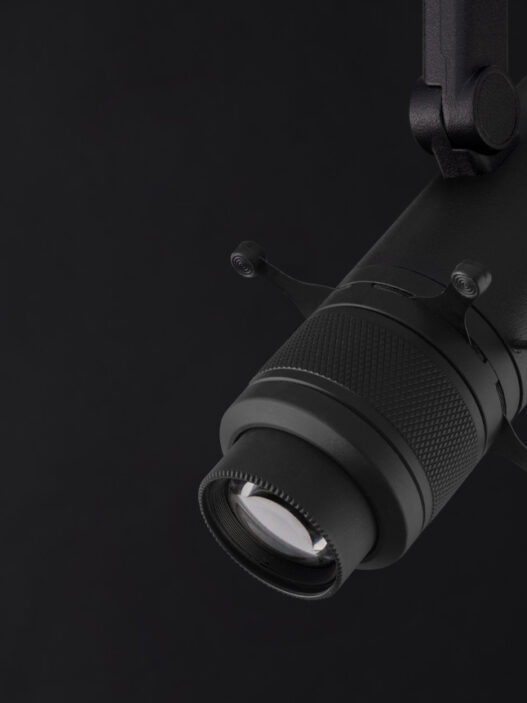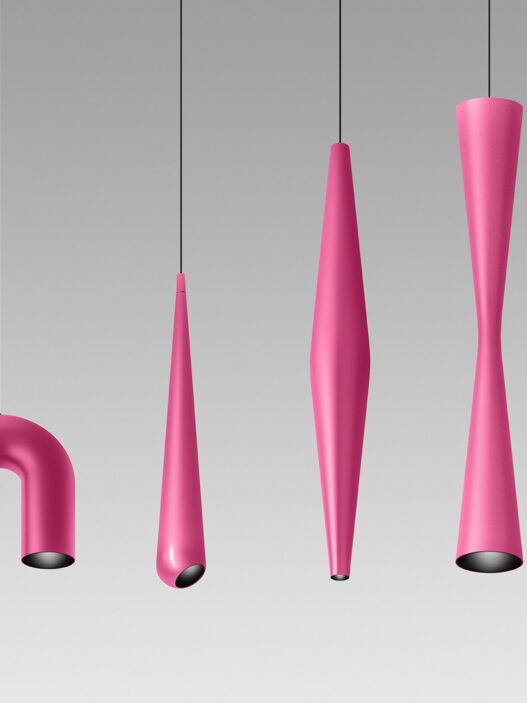Whispering light, never intrudes
At first glance, the NS01 appears to be just another minimalist bedside lamp. But the designer isn’t merely solving the problem of illumination, they are addressing something far more nuanced and human: the tension between the need for light and the need for someone else’s rest. This conflict is the true starting point of the NS01’s design. Lighting shared spaces always demands a careful balancing act, to illuminate without intrusion. This lamp attempts to resolve that contradiction through the duality of ambient and focused light. But how successful is it? That depends on how deep we’re willing to look.
Functionally, the lamp hides a layered mechanism within a deceptively simple silhouette. A single warm-white LED, magnified and directed through a patented internal lens system, serves two purposes: diffuse ambient lighting, and a precise, low-spill spotlight. A gentle push on the lamp’s crown reveals the focused beam, activated via a gas-spring-driven mechanism. This dual behavior, mood and task, all from a single light source, speaks to an impressive degree of optical and mechanical engineering. The light stays energy-efficient, yet dynamically functional. From a lighting design standpoint, this is a tightly controlled beam behavior with minimal energy footprint and zero visual clutter.
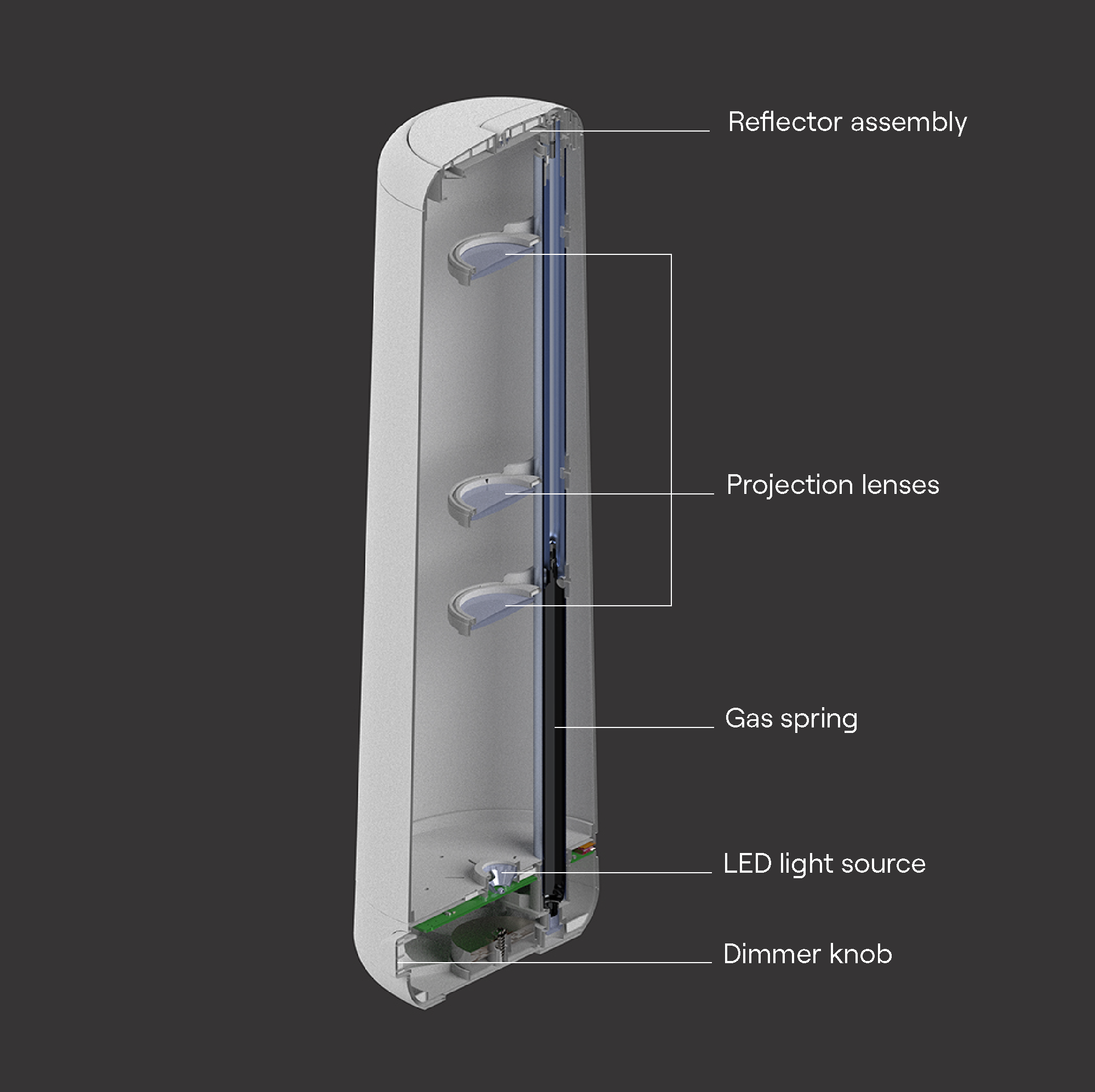
But beneath the surface lies a behavioral proposition. The lamp is not trying to show off. There’s no conspicuous switch, no blinking UI, no visible joints or hinges. The interaction is silent and intuitive. That design restraint, the refusal to make interaction feel like technology, reveals a deeper philosophy: design that stays out of the way. NS01 doesn’t ask the user to adapt to it; it adjusts itself around the user. This is a kind of “invisible design,” the opposite of showy products that beg for attention with gimmicks and glow. Here, the designer aims for self-effacing functionality, lighting that supports rather than dominates a space.
Aesthetically, the lamp dissolves into the bedroom scene. Its warm light blends with the space; its form harmonizes with walls and furniture. Even when the task light emerges, the product does not visually announce itself. That might be risky in terms of identity, some might say it disappears too much, but in doing so, it creates a deliberate design tension: a lamp that’s functionally assertive yet visually silent. This tension feels intentional, and it becomes the most self-aware decision in the entire product, a declaration that performance doesn’t need to be theatrical.
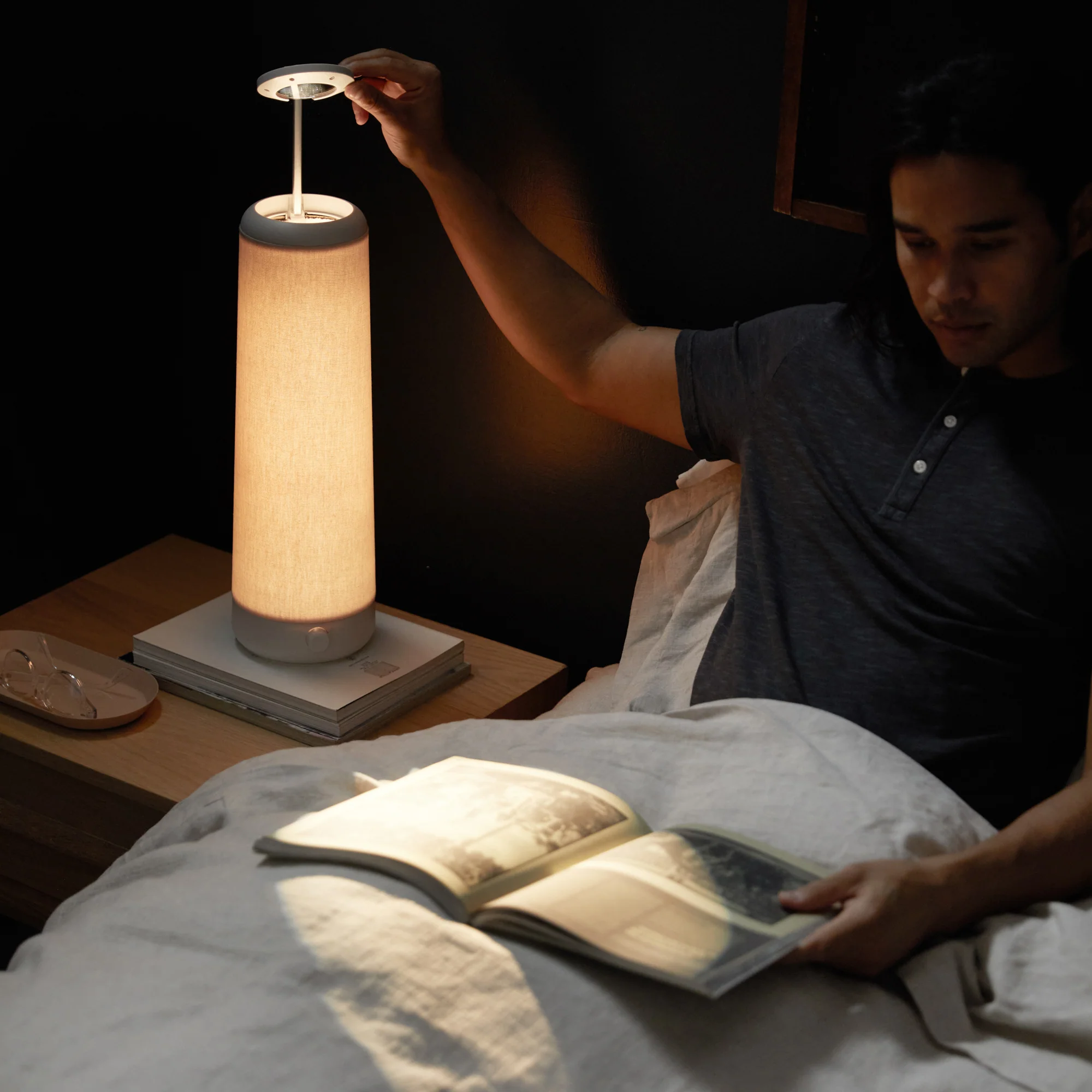
Finally, does the NS01 stop at functionality, or is it trying to say something more? The answer comes through its sustainability approach. The lamp is designed to be repaired by users, uses only a single watt of energy, and offers interchangeable fabric sleeves, ensuring not only technical longevity but psychological longevity. It’s made to age with you. It’s made to adapt. In an era of disposable gadgets, this is not just a lamp, it’s a stance. The NS01 is a statement against consumerist obsolescence.
So what is the designer trying to tell us? Perhaps this: light should be humble. Function should unfold quietly. And good design should be clever enough to vanish. The NS01 is not merely a product. It’s a behavior, a mediator, between sleep and wakefulness, between two people, between utility and emotion. It does what all good design does: it says more by showing less.
Brand : Nightside
Designer : Jess Gupta
Prize: LIT Lighting Design Award, IF Design Award
